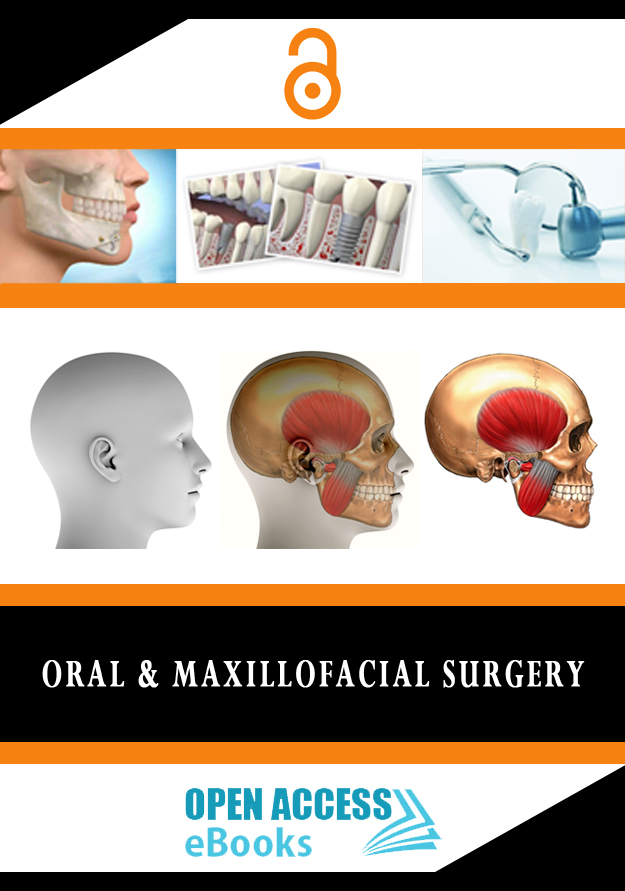List of Chapters
Overview of Myofascial Pain Dysfunction Syndrome
Author(s): Nilima Budhraja*; Shenoi SR; Anurag Choudhary; Pranav Ingole; Vrinda Kolte; Kshitij Bang
Myofascial pain dysfunction syndrome (MPDS) is the pain that originates from myofascial trigger points in skeletal muscle. Myofascial pain is the most common muscle pain disorder. There are different treatment modalities available for the management of MPDS. Treatment option ranges from non-surgical to surgical; non-pharmacological to pharmacological and from conservative to invasive. Through this book chapter authors aims to provide widespread information regarding the etio-pathogenesis, clinical presentation, diagnostic methods and available treatment options for MPDS.
Condylar Fractures
Author(s): Ruchi Singhal; Virendra Singh; Amrish Bhagol*
Fractures of the condyle can involve the head (intracapsular), neck, or subcondylar region. The head of the condyle may be dislocated outside of the fossa. The most common direction of displacement is in an anteromedial direction because of the pull from the lateral pterygoid muscle, which inserts on the anterior portion of the head of the condyle. No other type of mandibular fracture is associated with as much controversy regarding treatment as those involving the condyle. Factors considered in deciding whether to treat a condyle fracture open or closed include the fracture level, amount of displacement, adequacy of the occlusion, and whether the patient can tolerate maxillomandibular fixation. Those who advocate open treatment cite advantages including early mobilization of the mandible, better occlusal results, better function, maintenance of posterior ramal height, and avoidance of facial asymmetries. The ramal height shortening can be assessed on panoramic radiograph and can be restored by open treatment of condylar fractures.
Editors:
1. Dr. Sara Bernardi
2. Dr. Oronzo Brunetti
3. Dr. Adaia Valls
4. Dr. Sandro Siervo
